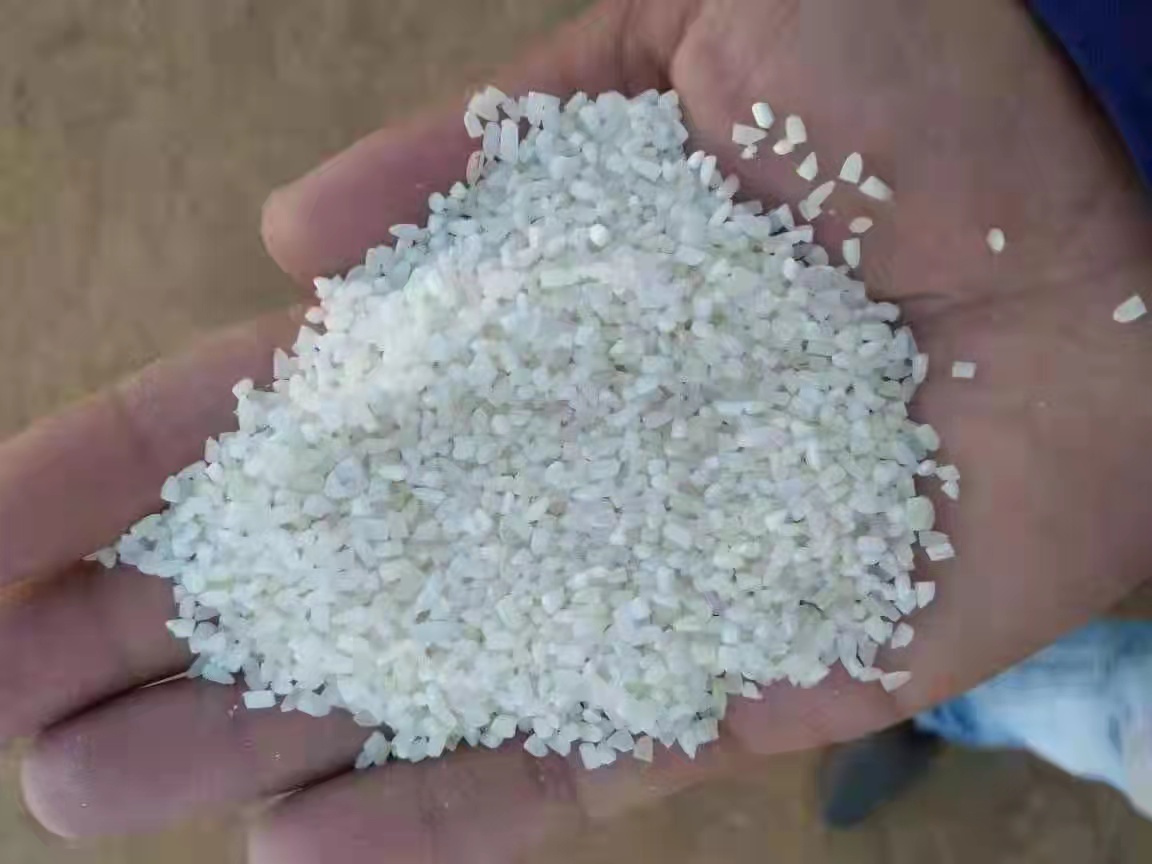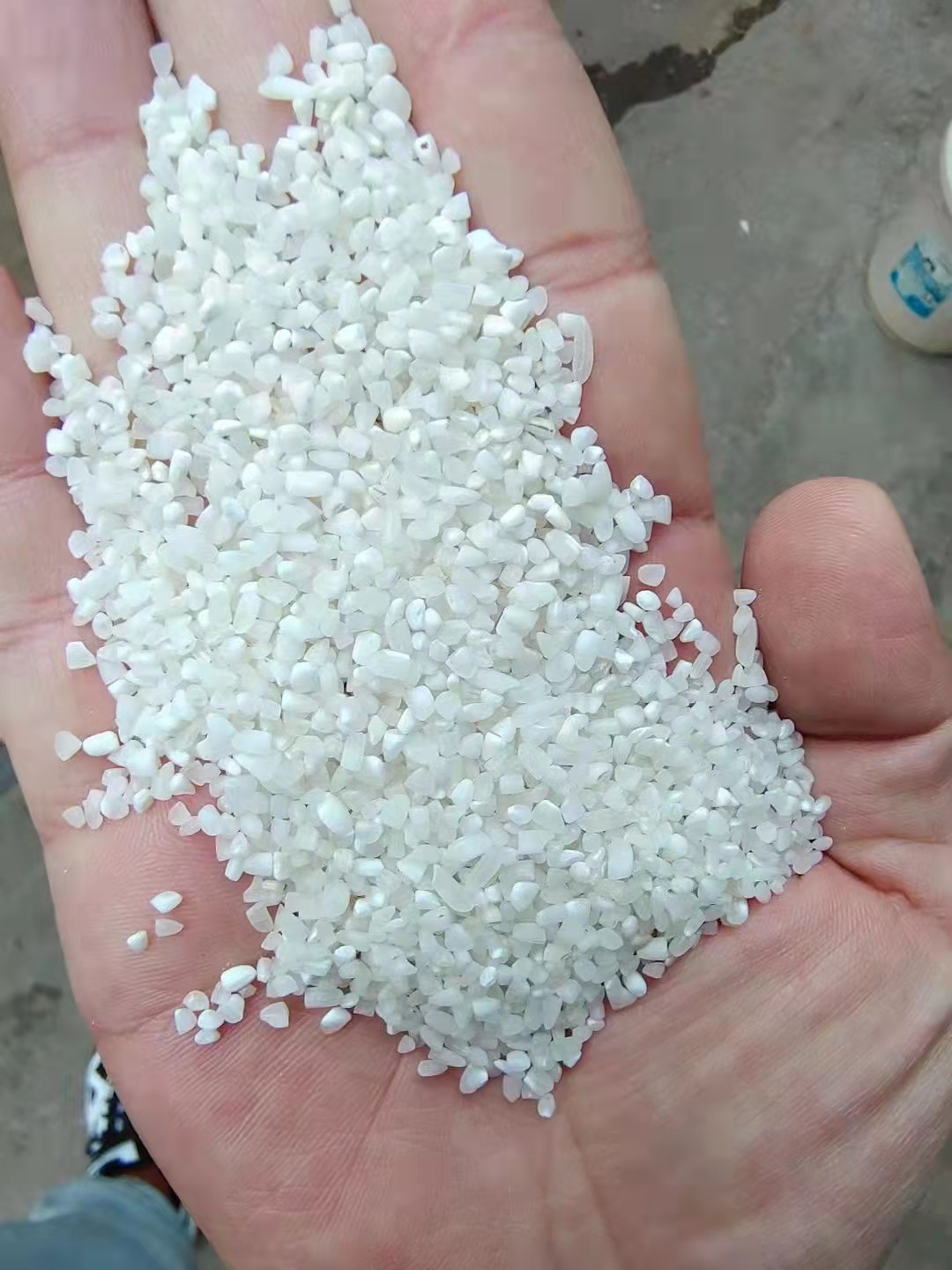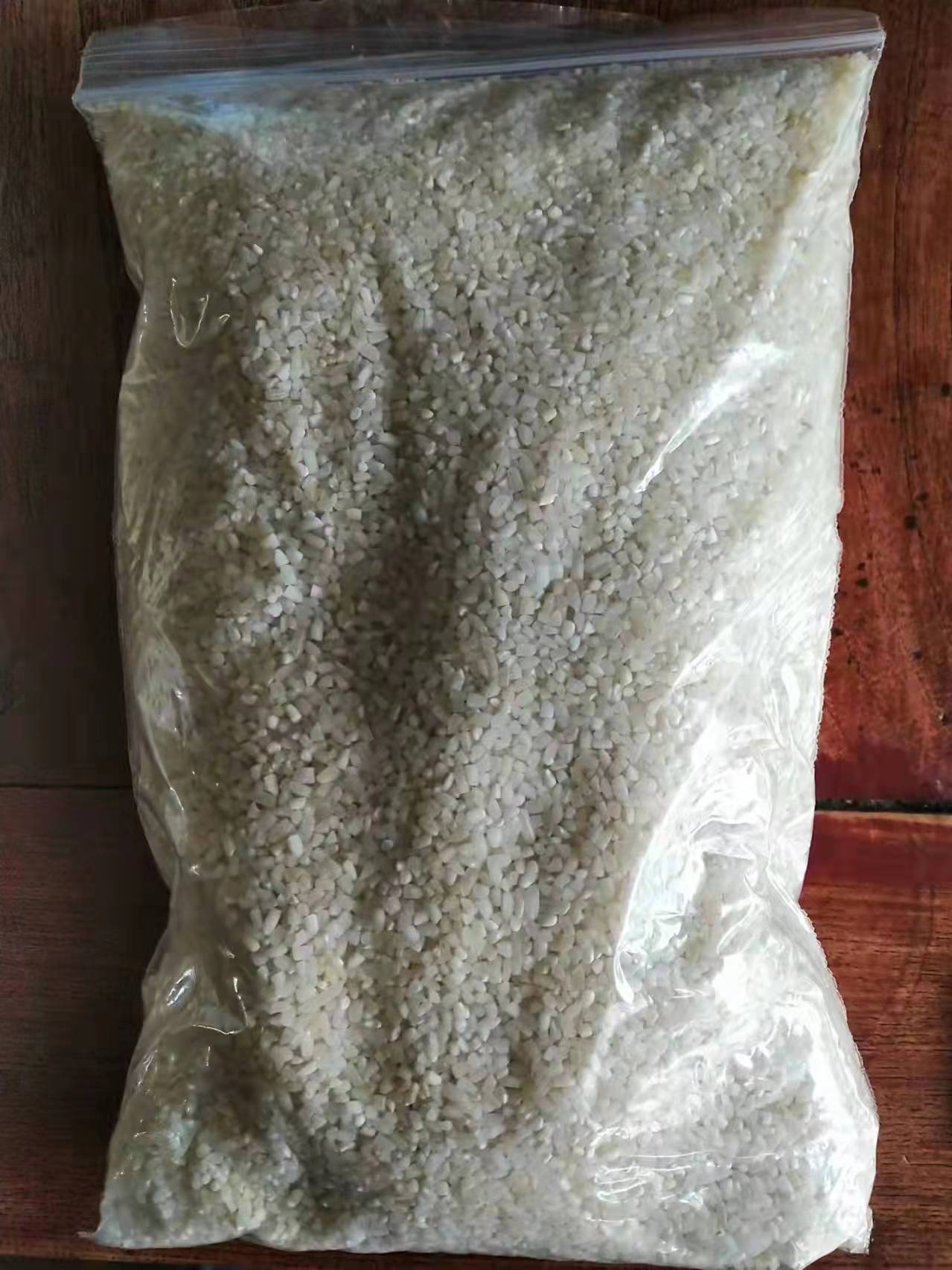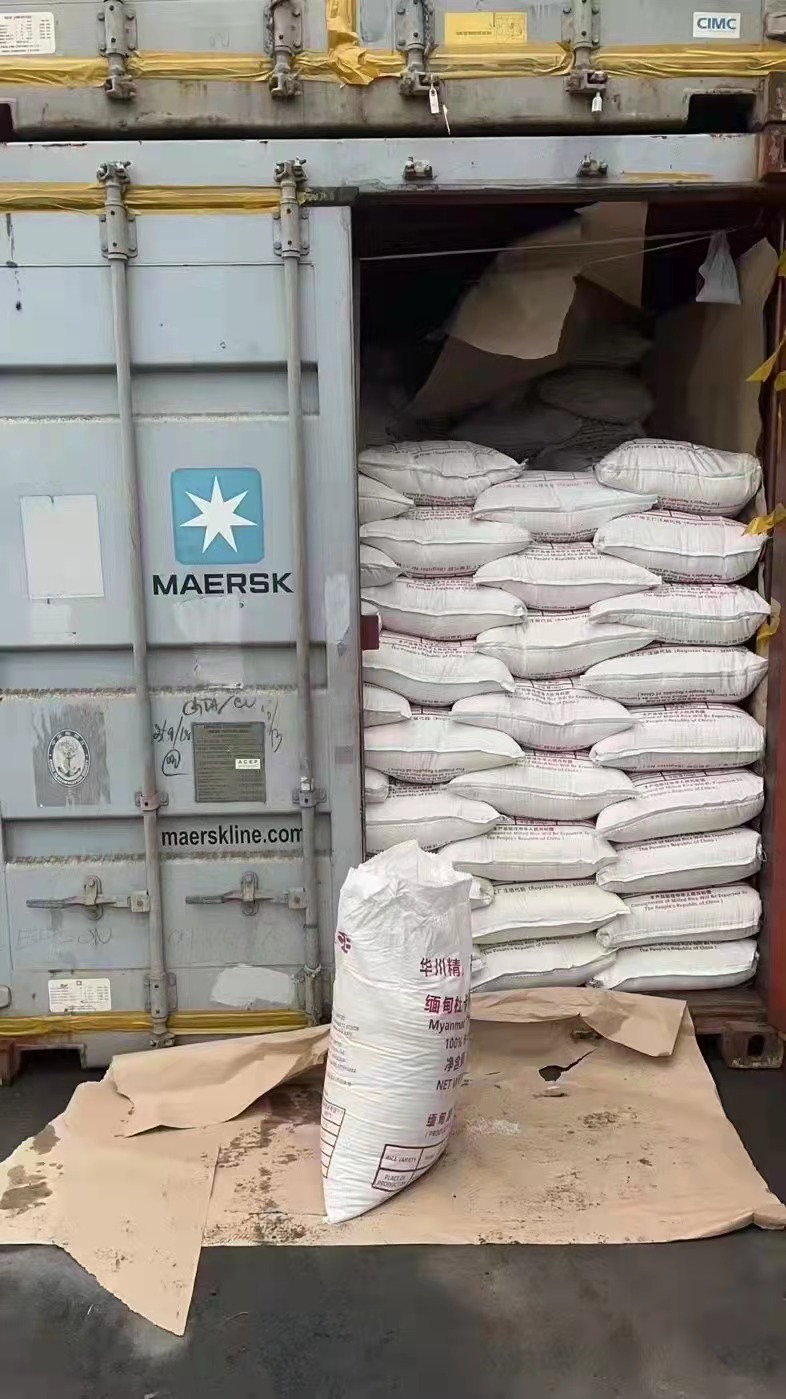Indian, Pakistani broken rice
Broken rice contains about 75Ͽtarch and about 8Ͽrotein. Compared with whole rice, it contains more embryos. It is rich in protein, fat, vitamins and minerals. It is very nutritious. A good resource with great value-added potential. Broken rice can be used as feed for a variety of poultry and livestock such as pigs, cattle, sheep, and chickens. And most studies show that the starch composition of rice is better than that of corn in terms of nutritional properties. Shenzhen Granda imports high-quality broken rice from India and Pakistan, and supplies them to domestic large and medium-sized livestock enterprises.
- 浏览次数: 262
Broken rice is the broken rice grains produced during the mechanical processing of rice, such as shelling and rice milling. It is divided into large broken rice and small broken rice according to the size of the grain. The broken grains of this batch of normal two-thirds of the whole rice, small broken rice refers to the broken grains that pass through the 2.0mm diameter round hole sieve and remain on the straight 1.0mm round hole sieve. Rice is one of the most important grains in the world. According to statistics, 21% of the food calories of the world population come from rice. The annual output of rice in my country reaches 1.8 to 200 million tons, accounting for about 45% of the world's total output, but limited to the existing rice milling technology, 15% to 20% of broken rice will be produced during the processing. With the improvement of living standards, people's demand for milled rice increases year by year, which makes the processing accuracy of rice continue to improve, and the amount of broken rice produced also increases year by year. Broken rice contains about 75% starch and about 8% protein. Compared with whole rice, it contains more embryos. It is rich in protein, fat, vitamins and minerals. It is very nutritious. A good resource with great value-added potential.

The nutritional properties and nutrient composition of broken rice are basically the same as those of rice, the crude fiber and mineral content are slightly higher than those of whole rice, the moisture content is in the range of 12% to 15%, and the crude protein content is in the range of 5% to 10%. The crude fiber content is in the range of 0.1% to 10%, the mineral content is about 2.3%, and the nitrogen-free extract is in the range of 61% to 82%. Because the nutrient composition changes greatly, when using broken rice as feed, it is necessary to Nutrient measurement was carried out on it. Broken rice with low crude fiber content and high content of nitrogen-free extracts has a nutritional value comparable to that of corn. The amino acid content of broken rice varies greatly, but even broken rice with high protein content, All of the amino acids cannot meet the needs of livestock and poultry and need to be supplemented with protein feed. Broken rice can be used as feed for a variety of poultry and livestock such as pigs, cattle, sheep, and chickens. And most studies have shown that in terms of nutritional properties, the starch composition of rice is better than that of corn, the total energy and crude protein content of corn and rice are basically the same, and the ash content of corn is slightly higher than that of rice. The starch composition of rice and corn is obviously different. The total starch content of rice is about 12.7% higher than that of corn, amylopectin is about 5% higher than that of corn, and the content of resistant starch is much lower than that of corn. Compared with the corn-based diet, the weaned piglets in the rice-fed group significantly increased piglets' feed intake, daily gain and feed conversion ratio: in pig-to-rice In terms of digestibility studies, pigs have significantly higher digestibility of rice-based diets than corn-based diets. Compared with other grain diets, rice-based diets have higher nutrient digestion in the ileum and the entire intestinal organ. Efficiency: At the same time, rice-based diets are also effective in alleviating pig diarrhea and maintaining their intestinal health, and diets based on cooked white rice and animal protein can prevent the development of colibacillosis in piglets.






